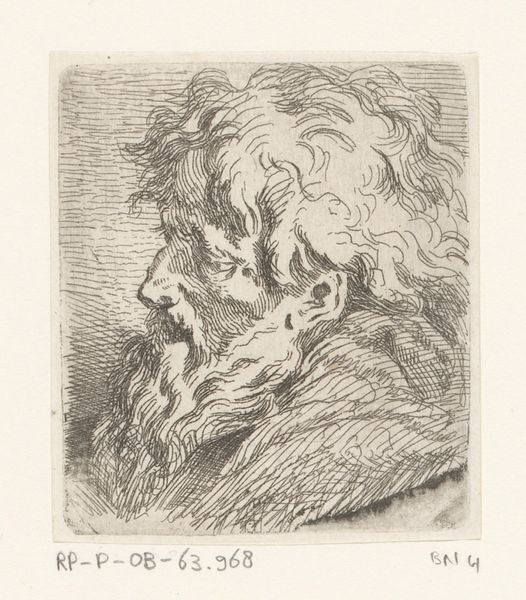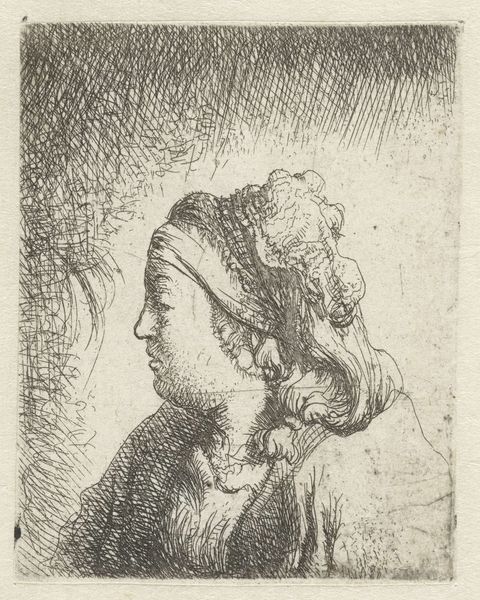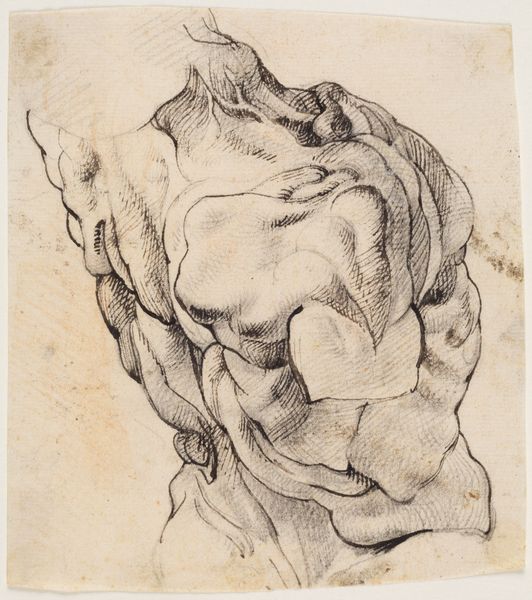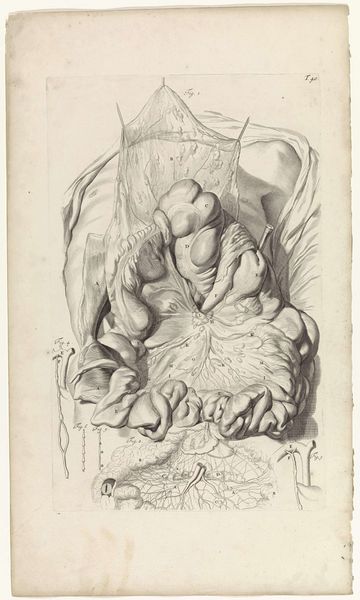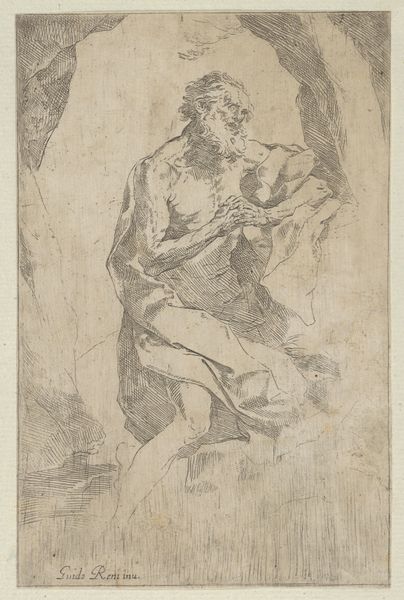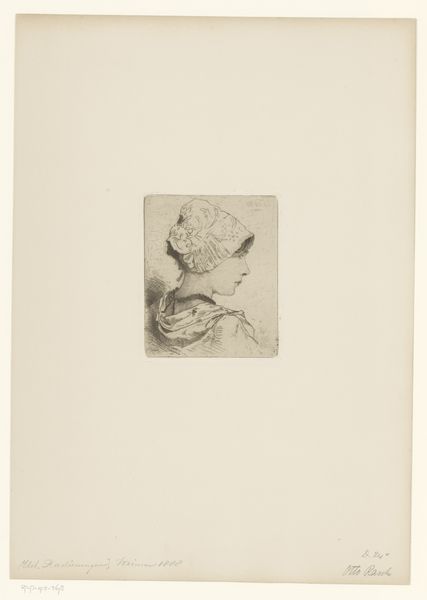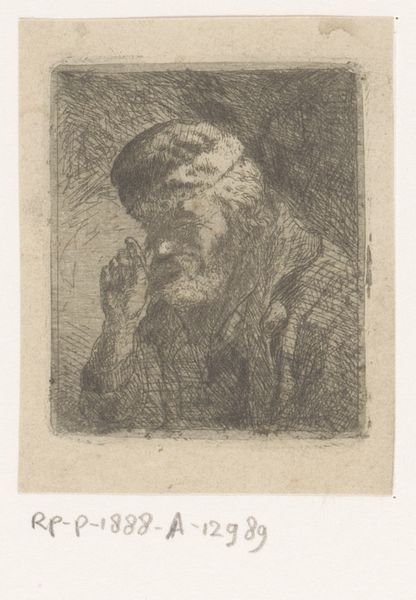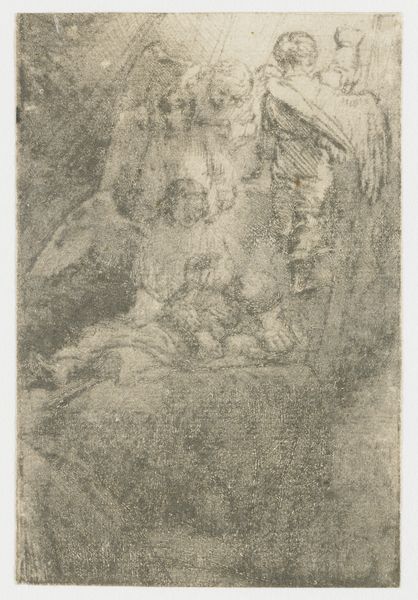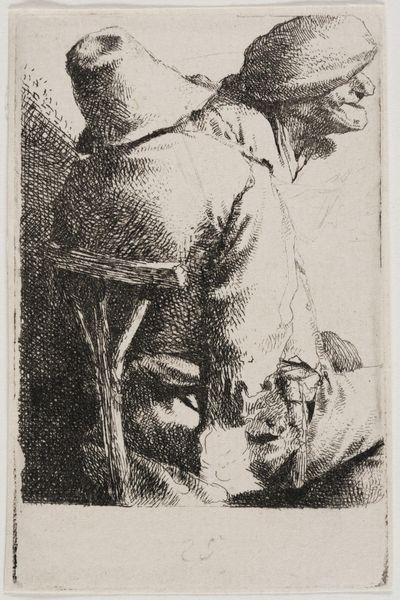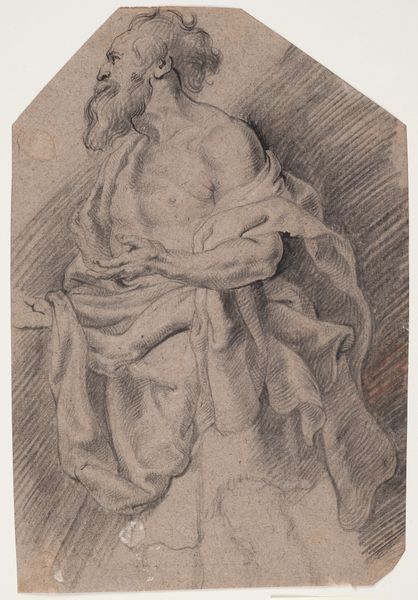
print, sculpture, engraving
#
portrait
#
baroque
# print
#
old engraving style
#
form
#
sculpture
#
engraving
Dimensions: height 72 mm, width 60 mm
Copyright: Rijks Museum: Open Domain
This etching presents a grotesque head, crafted by Johann Franz Ermels the Elder in the 17th century. The twisted face, a dramatic caricature, holds a distorted expression, embodying a departure from classical ideals of beauty. The grotesque motif, a blend of human, animal, and fantastical elements, has roots stretching back to ancient Roman art. Rediscovered during the Renaissance, it flourished in the Baroque period as a means to explore the darker aspects of the human psyche. Think of Bosch's nightmarish creatures or Goya's unsettling visions – all expressions of the grotesque. Here, the grotesque serves as a psychological mirror, reflecting our anxieties and fears. Its emotional power lies in its ability to confront us with the chaotic and irrational, engaging our subconscious on a primal level. The head is a powerful reminder of our complex relationship with the monstrous, and its enduring presence across cultures.
Comments
No comments
Be the first to comment and join the conversation on the ultimate creative platform.
